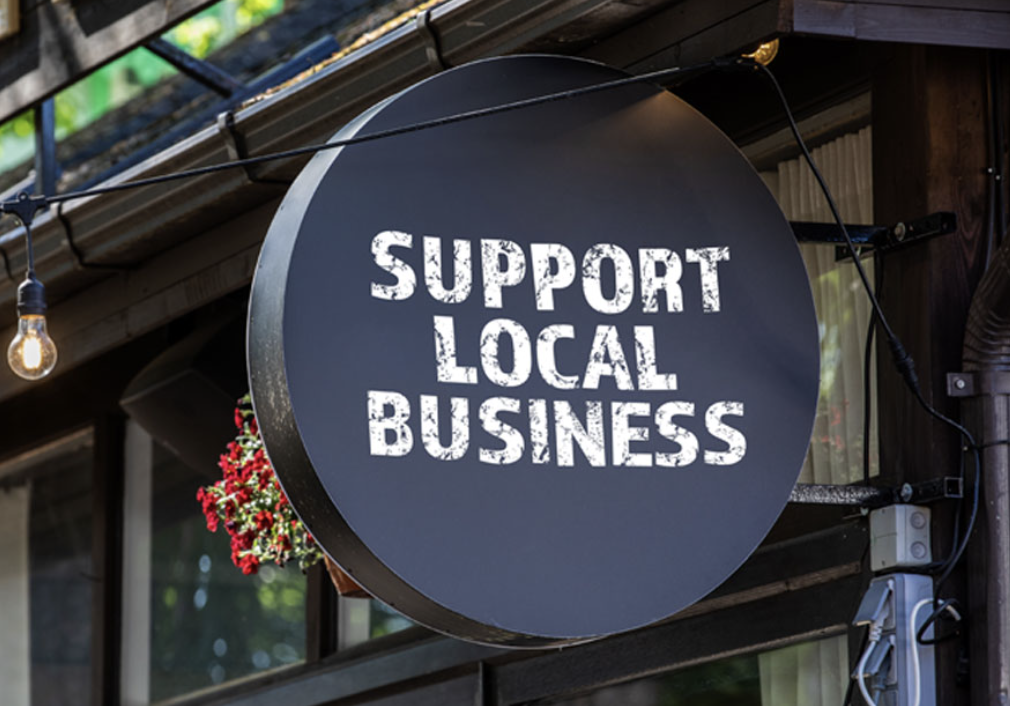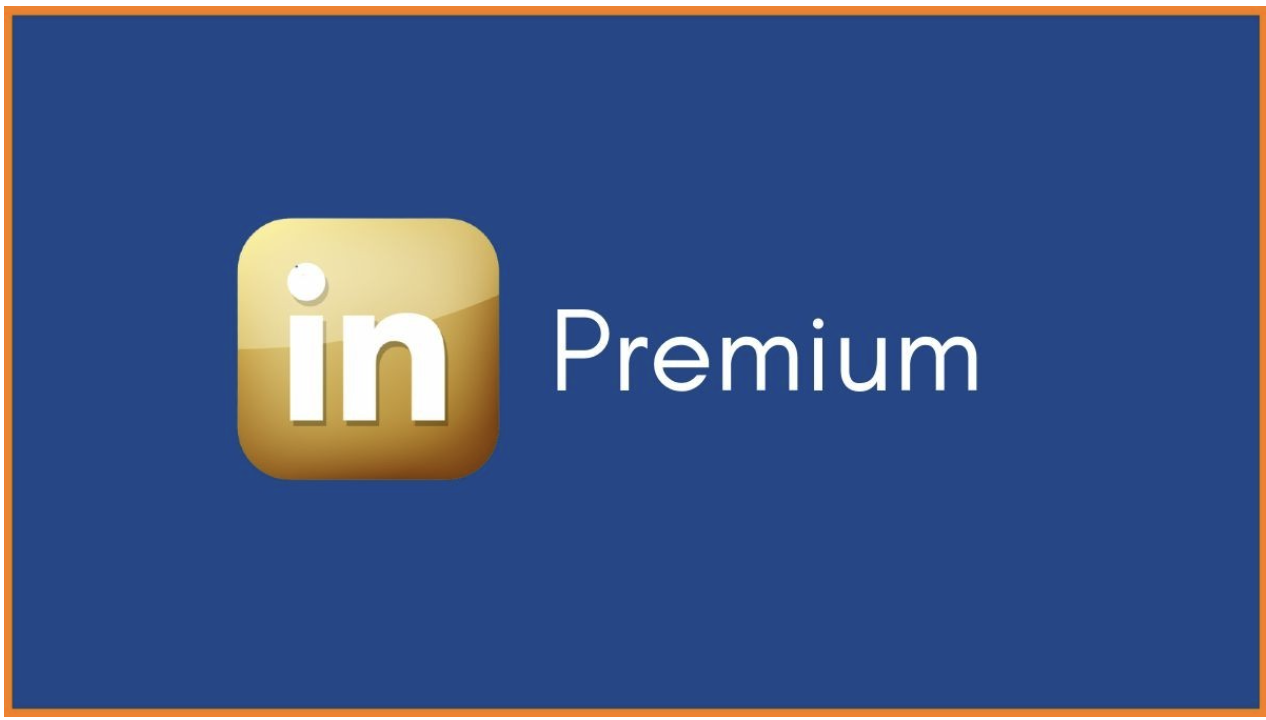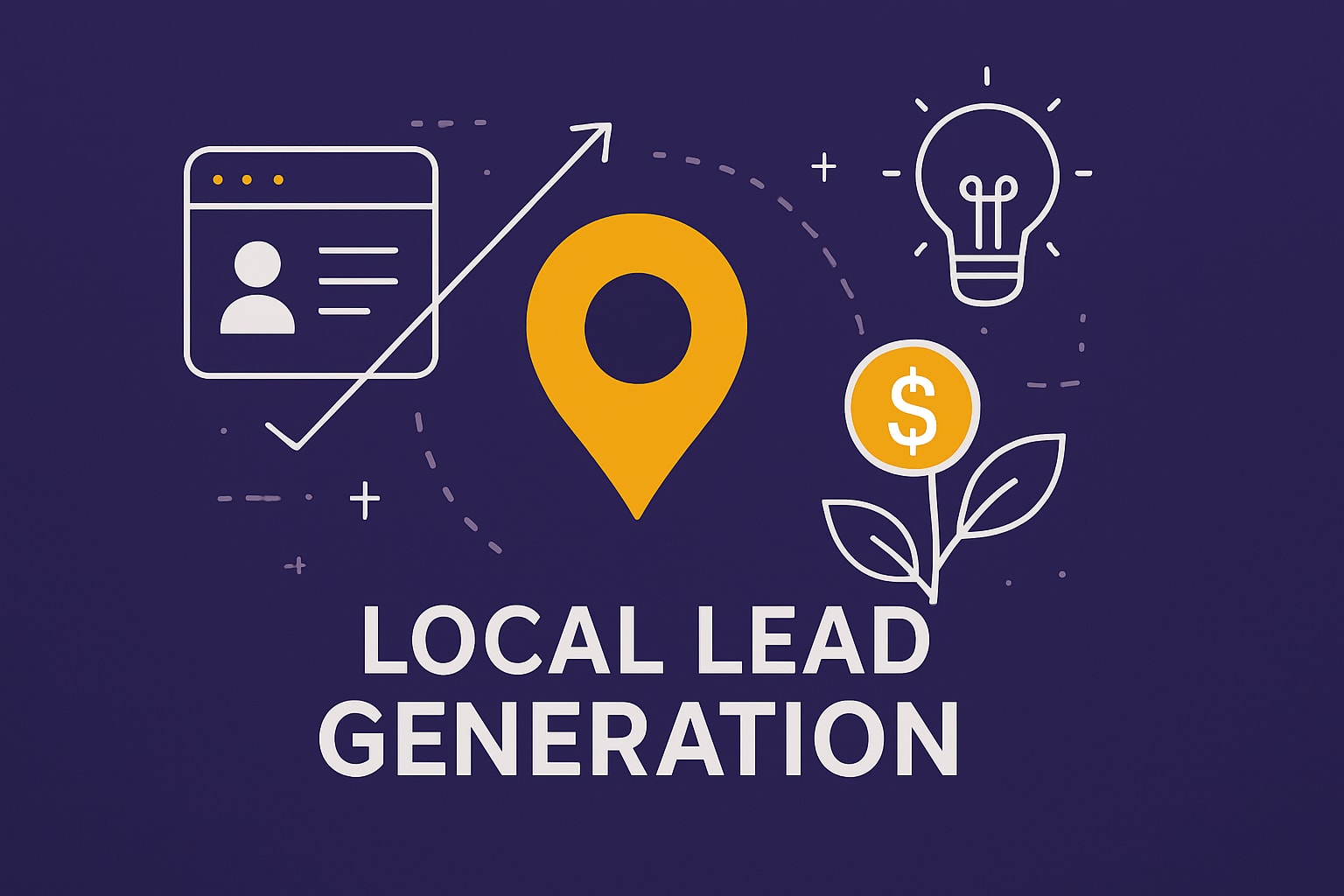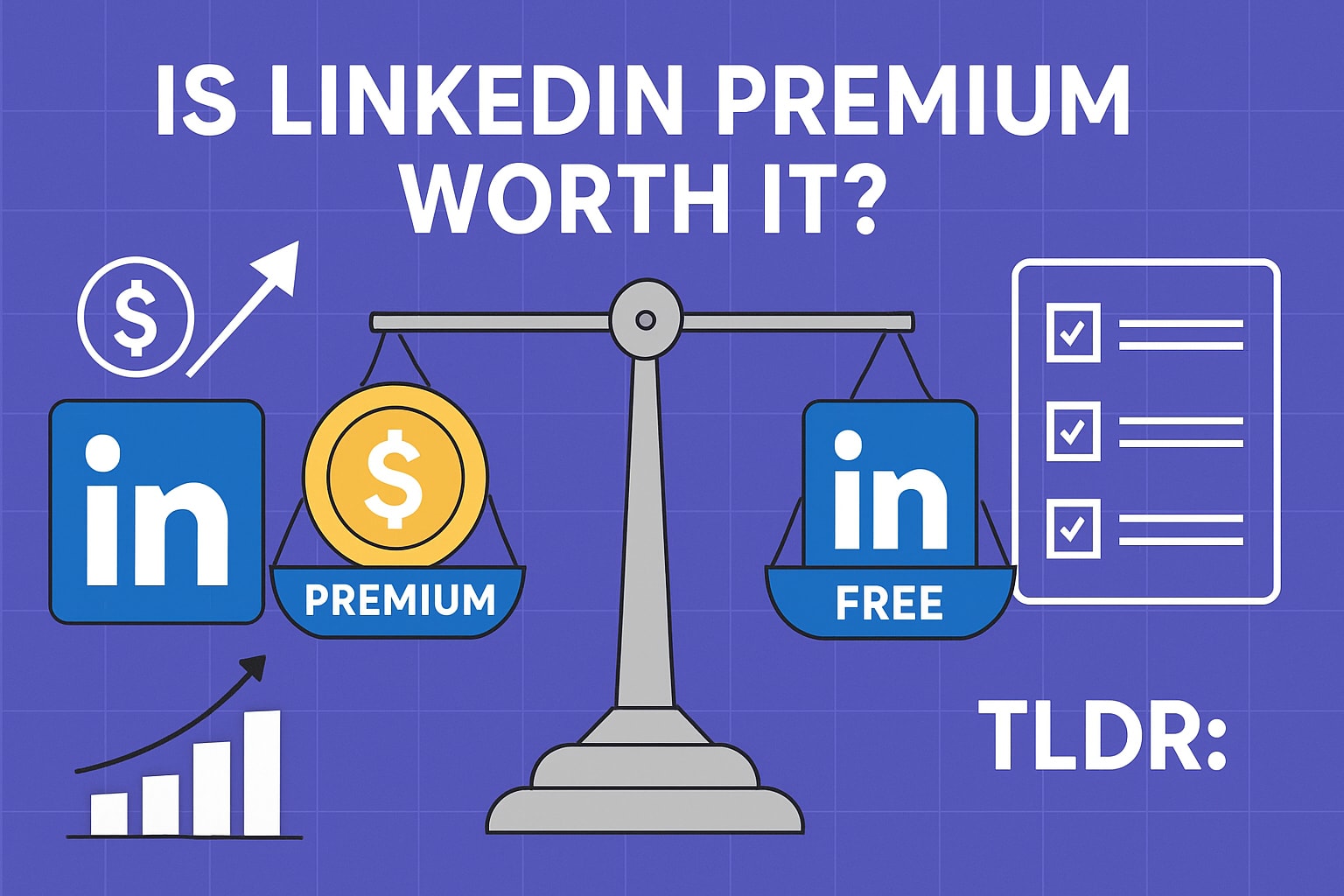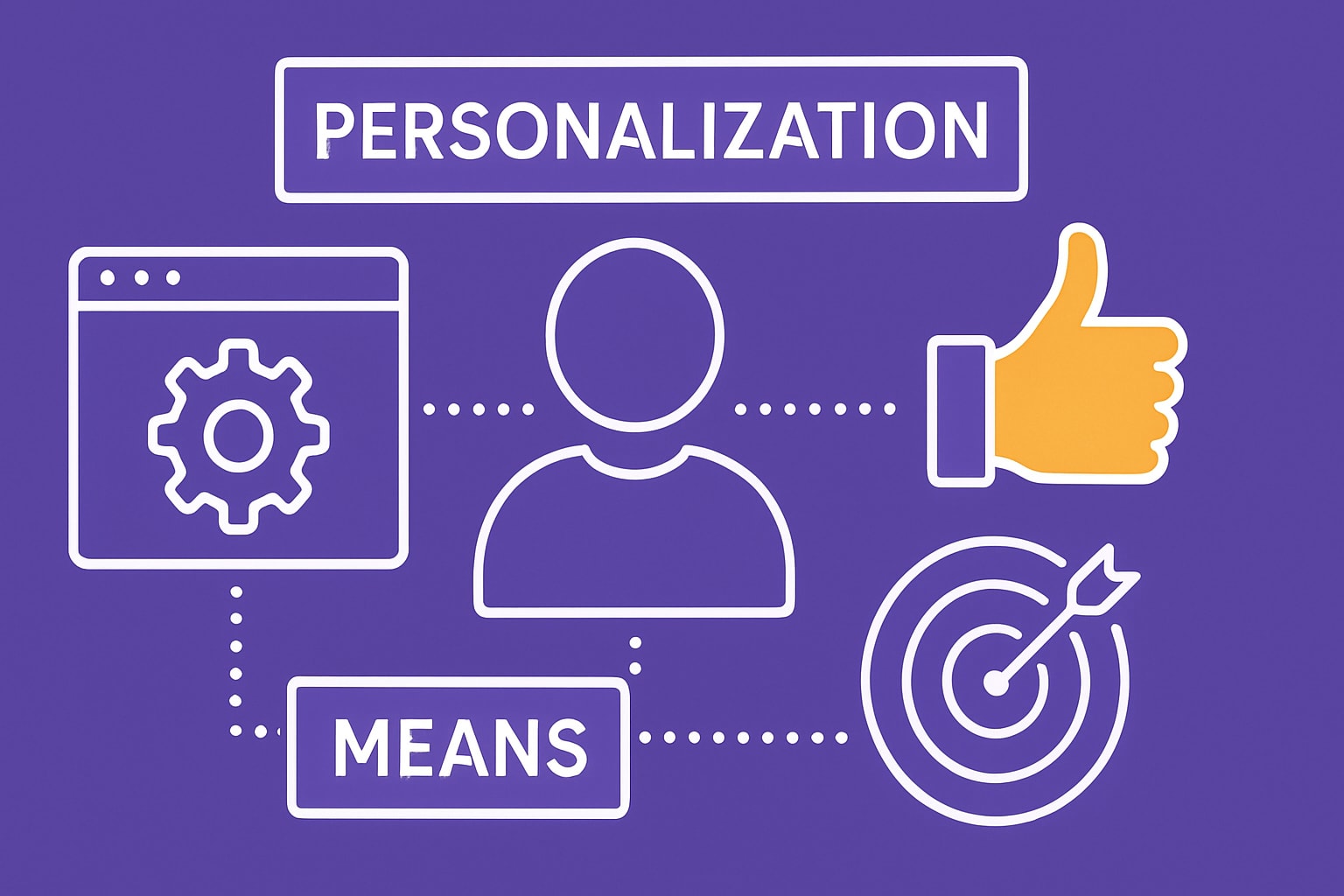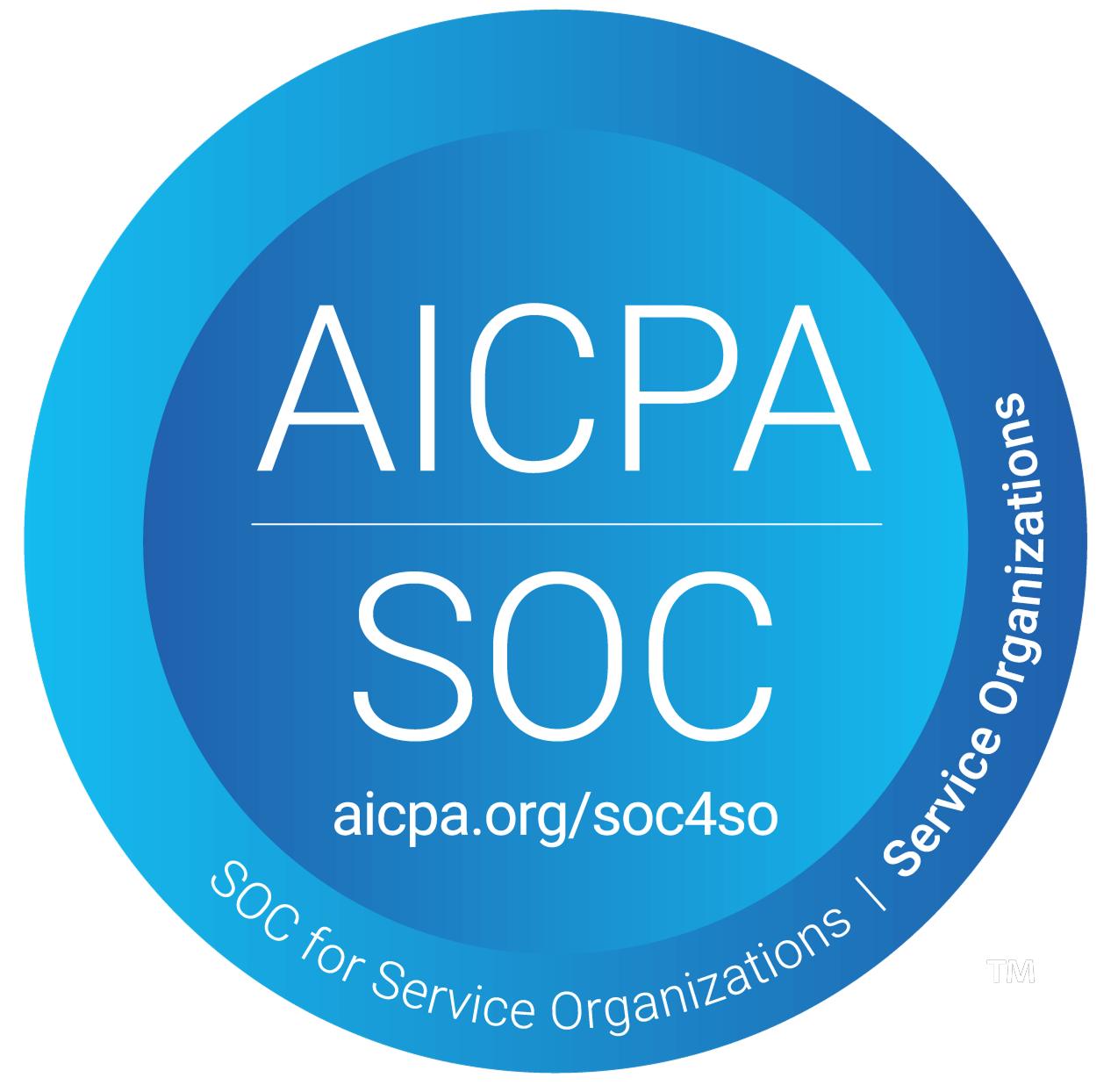Imagine scaling your sales outreach and saving hours every week. In 2025, automatic outbound call technology is transforming the way B2B teams connect with prospects and close deals.
Recent studies show that sales teams using automation experience up to 40% more conversations and higher conversion rates. The automatic outbound call process is now a core strategy for top-performing organizations.
This handbook delivers a step-by-step guide to mastering automatic outbound call campaigns. You will gain up-to-date insights on strategies, cutting-edge technology, compliance essentials, and proven best practices.
Ready to boost your outreach and results? Dive in to discover the benefits, latest tools, implementation roadmap, compliance tips, optimization tactics, and future trends that will define outbound calling in 2025.
Understanding Automatic Outbound Calls in 2025
Imagine connecting with hundreds of prospects each day, while your team focuses on closing deals instead of dialing numbers. That’s the power of an effective automatic outbound call system in 2025. Let’s break down what these systems are, why they matter, the latest technology, and how to overcome key challenges.
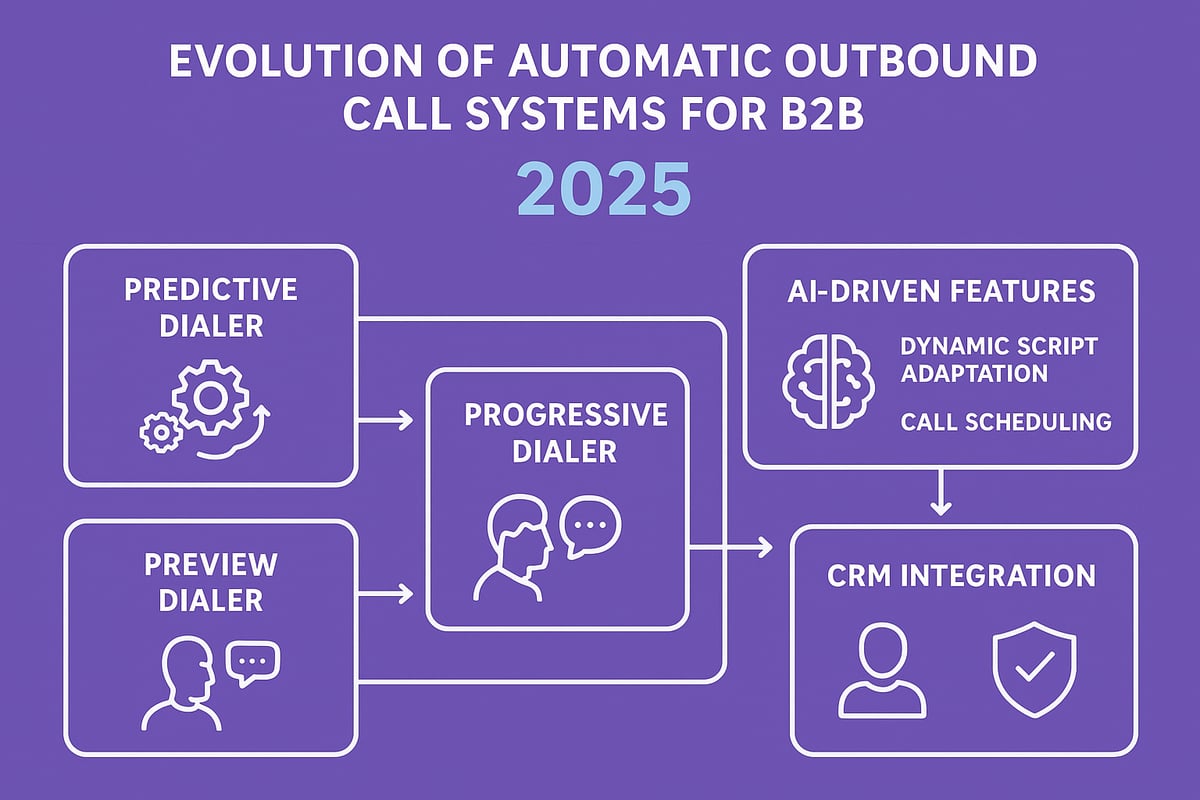
What Are Automatic Outbound Calls?
An automatic outbound call is a technology-driven process where calls are placed to prospects or customers without manual dialing by agents. Unlike manual calls, where each number is dialed individually, an automatic outbound call system uses software to initiate calls at scale.
There are different types of dialers: predictive, preview, and progressive. Predictive dialers use algorithms to maximize agent talk time, preview dialers allow agents to review information before calling, and progressive dialers balance automation with personalization.
For example, B2B companies use automatic outbound call solutions to set meetings, while B2C firms automate appointment reminders. In fact, over 60% of high-performing sales teams now leverage some form of call automation, according to the Salesforce State of Sales 2023.
Key Benefits and Use Cases
The main advantage of an automatic outbound call solution is efficiency. Teams can reach more leads in less time, increasing call volume and improving lead response speed. This directly boosts conversion rates and lets agents focus on high-value conversations, raising productivity and morale.
Common use cases include appointment setting, lead qualification, and customer follow-ups. For instance, SaaS providers use automatic outbound call tools to drive more demo bookings and accelerate their sales pipeline.
Key benefits:
- Increased efficiency and call volume
- Faster lead response and improved conversion
- Enhanced agent productivity
Automatic outbound call systems are essential for scaling outreach without sacrificing quality.
Technology Evolution: What’s New in 2025?
In 2025, automatic outbound call platforms are smarter than ever. AI-driven call routing personalizes interactions, matching the right agent to each prospect. Integration with CRM and omnichannel platforms ensures a seamless customer journey.
Voice AI now handles natural conversations, answering common questions and transferring complex cases to human agents. Data-driven scheduling triggers calls when prospects are most likely to answer, based on behavioral analytics. Companies leverage AI to adapt scripts in real time, increasing success rates.
To see how these innovations are shaping the industry, check out the latest AI-driven outbound call trends 2025.
Common Challenges and How to Overcome Them
Despite the benefits, automatic outbound call systems face hurdles like call blocking and spam labeling. Maintaining personalization at scale remains a challenge, as does adapting to evolving compliance rules.
To overcome these issues, focus on data hygiene and use AI-powered compliance tools that automatically scrub lists and track consent. Advanced analytics help monitor call quality and minimize drop-offs, while regular script updates keep outreach relevant.
With the right strategy, automatic outbound call programs can remain effective and compliant in a changing landscape.
Essential Technology Stack for Automatic Outbound Calling
Modern sales teams depend on the right technology stack for successful automatic outbound call campaigns. In 2025, the landscape is shaped by AI, robust integrations, and strict security standards. Let’s break down the essential components driving efficiency, compliance, and results.
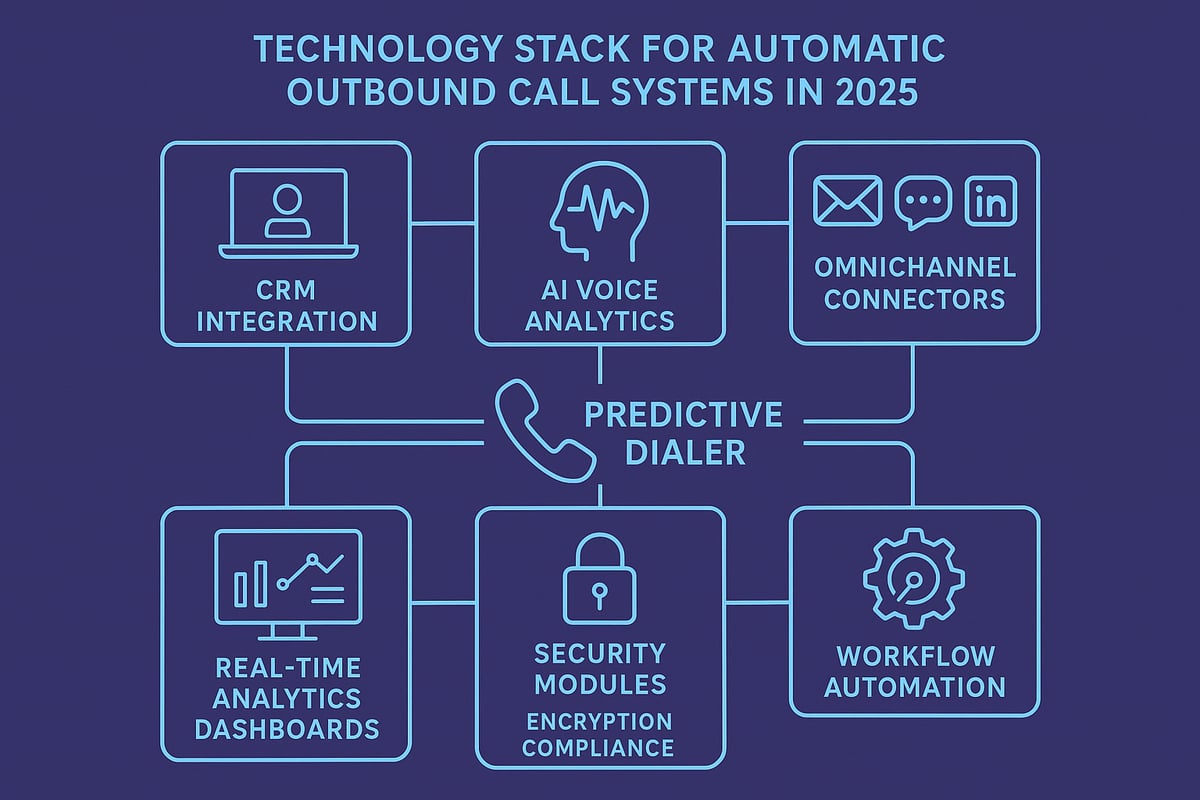
Core Components of an Automatic Outbound Call System
Every high-performing automatic outbound call setup relies on several foundational tools:
- Dialer software: Choose between predictive, power, or preview dialers depending on call strategy.
- CRM integration: Sync contact data, call history, and lead status seamlessly.
- Call scripting and workflow automation: Standardize messaging and automate follow-ups.
- Real-time analytics dashboards: Monitor performance and agent productivity.
- API and webhook support: Enable custom workflows and third-party integrations.
Trends like AI-driven IVR and predictive call routing are now standard, as highlighted in Contact center automation trends 2025. These innovations make the automatic outbound call process more efficient and scalable than ever before.
AI and Machine Learning Enhancements
AI is transforming the automatic outbound call landscape. Intelligent lead scoring helps prioritize high-value prospects, while voice recognition enables scripts to adapt dynamically during conversations. Sentiment analysis tools measure customer reactions in real time.
Automated call disposition and note-taking free up agents to focus on meaningful interactions. For example, AI-driven dialers can increase connect rates by up to 30 percent. By leveraging these technologies, businesses ensure every automatic outbound call is targeted, relevant, and data-informed.
Integration with Omnichannel Outreach
An effective automatic outbound call strategy does not operate in isolation. Integrating calls with email, SMS, and LinkedIn outreach creates a seamless customer journey. Unified tracking allows teams to see every touchpoint and personalize follow-ups.
Trigger-based call sequences, such as reaching out after a prospect opens an email or visits a website, boost engagement. Coordinated omnichannel campaigns have been shown to improve response rates by 40 percent. This holistic approach maximizes the impact of every automatic outbound call.
Evaluating and Selecting the Right Platform
Selecting the right platform is critical for automatic outbound call success. Look for features like scalability, built-in compliance tools, and intuitive interfaces. Compare leading vendors on pricing models, technical support, and integration capabilities.
Always take advantage of trial periods to assess fit. Gather user feedback, and follow a checklist that includes:
| Feature | Importance | Notes |
|---|---|---|
| Scalability | High | Grows with your team |
| Compliance Automation | Essential | Reduces risk |
| Ease of Use | Critical | Fast onboarding |
| Reporting/Analytics | High | Actionable insights |
The right choice empowers your team to make the most of every automatic outbound call.
Security, Privacy, and Data Protection
Data security is non-negotiable in any automatic outbound call operation. Ensure end-to-end call encryption to protect conversations. Implement role-based access controls for sensitive information.
Stay compliant with regulations like GDPR and CCPA by enforcing robust data retention and deletion policies. Regular audits and up-to-date training help prevent costly mistakes. Recent industry fines underscore the importance of prioritizing privacy and compliance in every automatic outbound call initiative.
Step-by-Step Guide: Implementing Automatic Outbound Calls
Implementing an effective automatic outbound call program is a game-changer for sales and customer engagement. By following a proven process, you can maximize efficiency, boost conversions, and ensure compliance every step of the way.
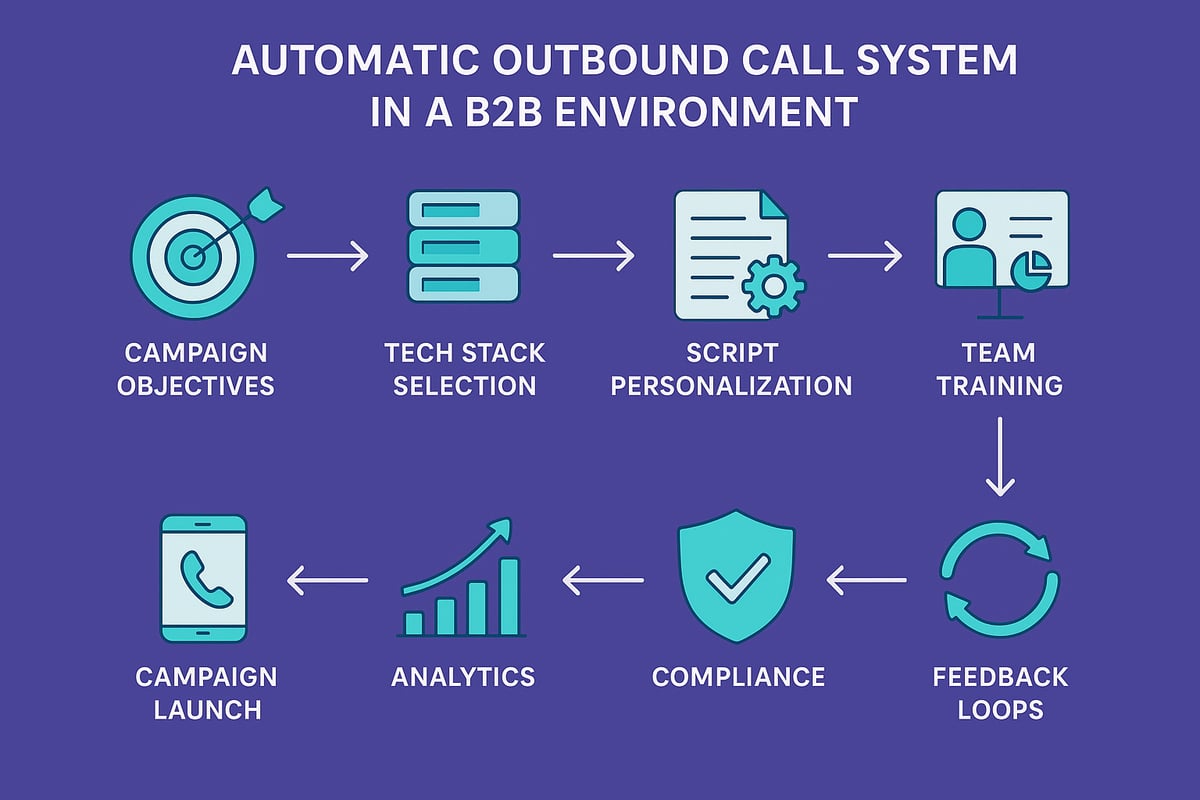
Step 1: Define Campaign Objectives and Target Audience
Start by setting clear goals for your automatic outbound call campaign. Are you focused on lead generation, direct sales, or customer retention? Each objective shapes your approach.
Identify your target audience with precision. Segment lists by industry, job title, geography, or buying stage to increase relevance. Cleanse and validate your prospect data to avoid wasted calls.
For example, a B2B SaaS company targeting VPs of IT would tailor messaging to highlight technical ROI. Defining objectives and audience ensures your automatic outbound call strategy is laser-focused from day one.
Step 2: Choose and Configure Your Technology Stack
Selecting the right technology stack is crucial for a smooth automatic outbound call rollout. Assess your business needs, projected call volumes, and integration requirements.
Decide between predictive, power, or preview dialers based on your team size and goals. Integrate your chosen dialer with your CRM for seamless data flow. Set up automated workflows for call scheduling, lead routing, and follow-up tasks.
For example, integrating Salesforce with a predictive dialer allows real-time data sync and efficient lead management. Configuration sets the stage for scalable, reliable automatic outbound call operations.
Step 3: Develop Effective Call Scripts and Personalization Strategies
Crafting compelling scripts is essential for maximizing the impact of your automatic outbound call campaigns. Focus on clarity, compliance, and engagement in every script.
Personalize your outreach using prospect data, behavioral triggers, and dynamic content. A/B test different script versions to refine messaging and boost results. For deeper insights, explore personalizing outreach at scale with AI to create highly targeted conversations that resonate.
Personalization transforms an automatic outbound call from noise into a meaningful dialogue, driving higher conversion rates.
Step 4: Train and Prepare Your Team
A well-prepared team is vital for the success of any automatic outbound call initiative. Begin with thorough onboarding covering technology tools, workflows, and compliance essentials.
Use role-playing sessions to practice objection handling and refine delivery. Set clear performance benchmarks such as connect rates and conversions. Foster a culture of continuous coaching and feedback to keep agents motivated and skilled.
Consistent training ensures your team can leverage every automatic outbound call to its full potential.
Step 5: Launch and Monitor Your Campaign
With everything in place, launch your automatic outbound call campaign. Schedule calls during optimal windows based on historical data and prospect availability.
Monitor live dashboards to track call outcomes in real time, including connects, voicemails, and no-answers. Adjust call times or scripts based on response patterns to maximize results.
For example, shifting call schedules to align with peak response times can significantly increase your automatic outbound call connect rates.
Step 6: Analyze Performance and Optimize
After launch, regularly analyze your automatic outbound call performance. Track key metrics such as connect rate, conversion rate, call duration, and disposition codes.
Use analytics tools to identify bottlenecks or underperforming segments. Continuously test and refine scripts, workflows, and timing for better outcomes. Iterative optimization can lead to a 15% or greater lift in conversions.
Optimization is an ongoing process that keeps your automatic outbound call campaigns ahead of the curve.
Step 7: Ensure Compliance and Quality Assurance
Compliance is critical in any automatic outbound call strategy. Verify adherence to Do-Not-Call lists and all relevant regulations in your target markets.
Record and audit calls for quality control. Implement structured feedback mechanisms so agents learn and improve with every interaction.
Regular compliance checks help you avoid costly penalties and ensure every automatic outbound call meets legal and quality standards.
Common Pitfalls and How to Avoid Them
Even the best automatic outbound call strategies can stumble. Here is a quick-reference table of common pitfalls and solutions:
| Pitfall | Solution |
|---|---|
| Robotic, impersonal interactions | Balance automation with human touch |
| Poor data hygiene | Clean lists regularly, validate contacts |
| Ignoring agent/prospect feedback | Open feedback channels, iterate scripts |
Stay vigilant to avoid these traps and keep your automatic outbound call campaigns running smoothly.
Case Study: Successful Implementation in a High-ACV B2B Environment
A global B2B tech firm implemented an automatic outbound call system targeting enterprise decision-makers. Initial challenges included high drop-off rates and compliance risks.
By refining their tech stack, personalizing scripts, and instituting regular compliance audits, they boosted connect rates by 28% and cut manual effort in half. ROI soared as high-value leads converted faster.
Key takeaways: invest in the right tools, never underestimate the power of personalization, and make compliance non-negotiable for every automatic outbound call.
Compliance and Regulatory Considerations in 2025
Staying compliant is non-negotiable for any automatic outbound call campaign in 2025. Regulations are evolving, and enforcement is stricter than ever. Understanding the rules, managing consent, and implementing data protection measures are essential for sustainable success.

Key Regulations Impacting Outbound Calls
Regulatory frameworks governing automatic outbound call practices are multi-layered and updated frequently. The Telephone Consumer Protection Act (TCPA) in the US, GDPR in Europe, CCPA in California, Ofcom in the UK, and CASL in Canada all set strict boundaries for call outreach. In 2025, new requirements include enhanced transparency for AI-driven dialing and stricter rules for international calls.
Organizations face significant penalties for violations. Recent enforcement actions have resulted in millions in fines for inadequate consent and improper data handling. Staying up to date with these changes is critical for any automatic outbound call strategy.
Consent Management and Do-Not-Call Lists
Consent is the cornerstone of legal compliance in any automatic outbound call operation. Businesses must obtain clear, documented consent before contacting prospects. Real-time integration with Do-Not-Call (DNC) lists is essential to avoid accidental violations.
Automated systems should scrub lists before each campaign and instantly process opt-outs or withdrawal of consent. Leading platforms now offer automated consent tracking tools, helping organizations prove compliance during audits. This not only protects your brand but also fosters trust with your audience.
Call Recording, Monitoring, and Data Privacy
Recording calls is common in automatic outbound call workflows, but legal requirements differ by region. Some areas mandate dual-party consent, while others only require informing the prospect. Secure storage and strict access controls for recordings are mandatory.
Informing prospects at the start of each call about recording practices is best practice. Recent data breach incidents highlight the risks of poor data protection. Prevent issues by segmenting access, encrypting recordings, and establishing clear data retention and deletion policies.
Best Practices for Staying Compliant
Ongoing compliance demands regular audits and proactive training. Use compliance automation tools to monitor regulations and adapt processes quickly. Staying current with changes ensures your automatic outbound call campaigns remain risk-free.
Implement dashboards to track compliance metrics and flag potential issues in real time. For additional guidance, check out Mastering the art of cold outreach, which includes practical tips that align with current regulations. Consistent review and adaptation are the keys to a robust, compliant outreach strategy.
Optimization, Measurement, and Future Trends
Unlocking the full potential of your automatic outbound call strategy means focusing on optimization, measurement, and staying ahead of emerging trends. Let us break down the essentials, so you can drive higher ROI and future-proof your outreach.
Key Metrics for Campaign Success
To measure the effectiveness of an automatic outbound call initiative, you need to track the right metrics. Start with connect rate, conversion rate, first-call resolution, and cost per acquisition. Add advanced metrics like customer lifetime value and call quality scores for deeper insight.
| Metric | Description | Why It Matters |
|---|---|---|
| Connect Rate | % of answered calls | Gauges dialer effectiveness |
| Conversion Rate | % of calls leading to goal | Measures campaign ROI |
| First-Call Resolution | % resolved on first attempt | Indicates script quality |
| Cost per Acquisition | Total cost per closed deal | Tracks efficiency |
| Call Quality Score | Agent performance rating | Improves training |
Top teams using automatic outbound call systems monitor at least seven metrics, benchmarking against industry standards to drive continuous improvement.
Advanced Optimization Strategies
Optimizing an automatic outbound call campaign is not just about volume, but about making every call count. Leverage AI-driven scheduling to reach prospects at the right moments. Use dynamic personalization, drawing on real-time data to tailor scripts and boost engagement.
- Employ machine learning to predict optimal call times.
- Continuously refine scripts with A/B testing.
- Prioritize leads using AI-based scoring models.
By refining each element of your automatic outbound call process, you can drive up conversion rates and deliver a personalized experience at scale.
Leveraging Analytics and Reporting Tools
Analytics are the backbone of a high-performing automatic outbound call operation. Real-time dashboards offer actionable insights, letting you spot trends, troubleshoot issues, and pivot strategies fast. Custom reports for stakeholders streamline decision-making.
Integrate call data with your CRM and BI platforms to unlock a unified view of your outreach. For a deep dive into campaign analytics and KPIs, see Measuring SDR success with AI tools.
With robust analytics, you can reduce churn, optimize agent performance, and fine-tune your automatic outbound call campaigns for maximum results.
Human vs. Fully Automated Approaches
Should you rely solely on AI, or keep humans in the loop? Both approaches have their merits in automatic outbound call workflows. Fully automated solutions offer speed and scale, but risk losing the personal touch.
Hybrid models, where AI handles initial outreach and agents close conversations, strike a powerful balance. Many companies report higher conversions and better customer experiences when blending automation with skilled human agents.
Choosing the right mix depends on your goals, audience, and brand values within the automatic outbound call ecosystem.
Innovations and Trends Shaping 2025
The automatic outbound call landscape is rapidly evolving. Conversational AI and natural language processing are making calls feel more human. Integration with social signals and trigger-based outreach is becoming standard.
Voice biometrics now provide enhanced security, while AI SDRs work alongside humans for better results. For a comprehensive look at what's next, check out the Future of outbound sales automation.
Staying on top of these innovations ensures your automatic outbound call strategy remains competitive and compliant.
Preparing for the Future: Scalability and Flexibility
To future-proof your automatic outbound call campaigns, build systems designed for rapid scaling and adaptation. Modular platforms let you expand from hundreds to thousands of calls weekly with ease.
Stay flexible as technology and market conditions evolve. Regularly revisit your tech stack, update compliance protocols, and invest in agent training. Businesses that plan for scalability and adaptability will lead the way in automatic outbound call success.


